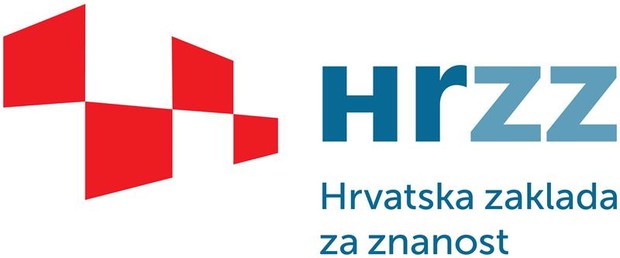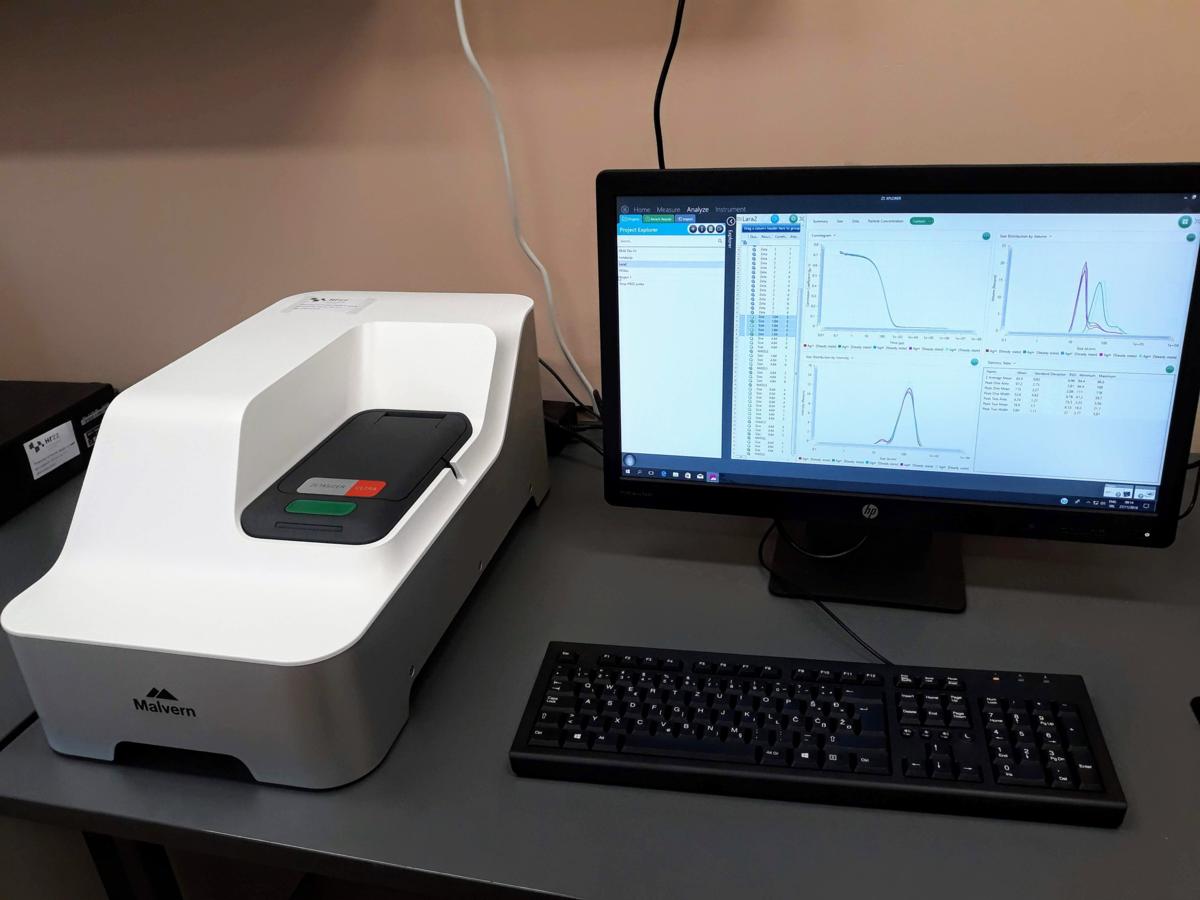This Croatian Science Foundation Installation project focuses on the development of a gamma-radiolytic method for the synthesis of magnetic nanoparticles, with the special emphasis on influence of polymers. Magnetic iron oxide nanoparticles have a wide application as sensors, contrast agents in MRI, protein separation, controlled release of drugs, hyperthermia treatment of cancer cells, etc. Radiolytic synthesis (gamma-irradiation synthesis) is a relatively new method for nanoparticle synthesis. It is an efficient method for synthesis of nanoparticles of controlled size, shape and phase composition. The radiolytic synthesis of nanoparticles begins with the radiolysis of water, resulting in formation of various free radicals and molecular products. Hydrated electron and proton radical are strong reducing agents that can reduce metal cations. Polymers in radiolytic synthesis act as dispersants and stabilizers of magnetic nanoparticles in suspensions, as well as growth and surface modifiers.
In this project, the influence of various gamma-irradiation parameters such as dose and dose rate, pH of the precursor solution, on the reducing conditions in suspension, the size and phase composition of isolated Fe-oxide nanoparticles and the size and stability of nanoparticles in suspension will be systematically investigated. Particular attention will be paid to the influence of selected polymers (such as various dextrans, PEO, PVP and/or PVA), and its concentration and average molecular weight. The reducing conditions obtained will be measured by quantitative determination of the concentration of Fe2+ ions produced in irradiated suspensions. Optimal experimental conditions will be found for the radiolytic synthesis of a stable suspension of superparamagnetic nanoparticles. In the final phase, the possibility of radiolytic coating of gold on the surface of the synthesized magnetic nanoparticles will be studied. The synthesized nanomaterials will be tested as a substrate for surface enhanced Raman spectroscopy.
Published research results available at: https://www.croris.hr/crosbi/searchByContext/7/3554
Purchased equipment (financed by project):
Zetasizer Ultra (Malvern Panalytical)
Instrument for measurement of the size, zeta potential and concentration of micro and nanoparticles and molecules in dispersion or suspension
(the latest generation - unique in the market)
https://www.irb.hr/eng/Divisions/Division-of-Materials-Chemistry/Radiation-Chemistry-and-Dosimetry-Laboratory/Services/Characterization-of-micro-and-nanoparticles-by-the-method-of-dynamic-and-electrophoretic-light-scattering



